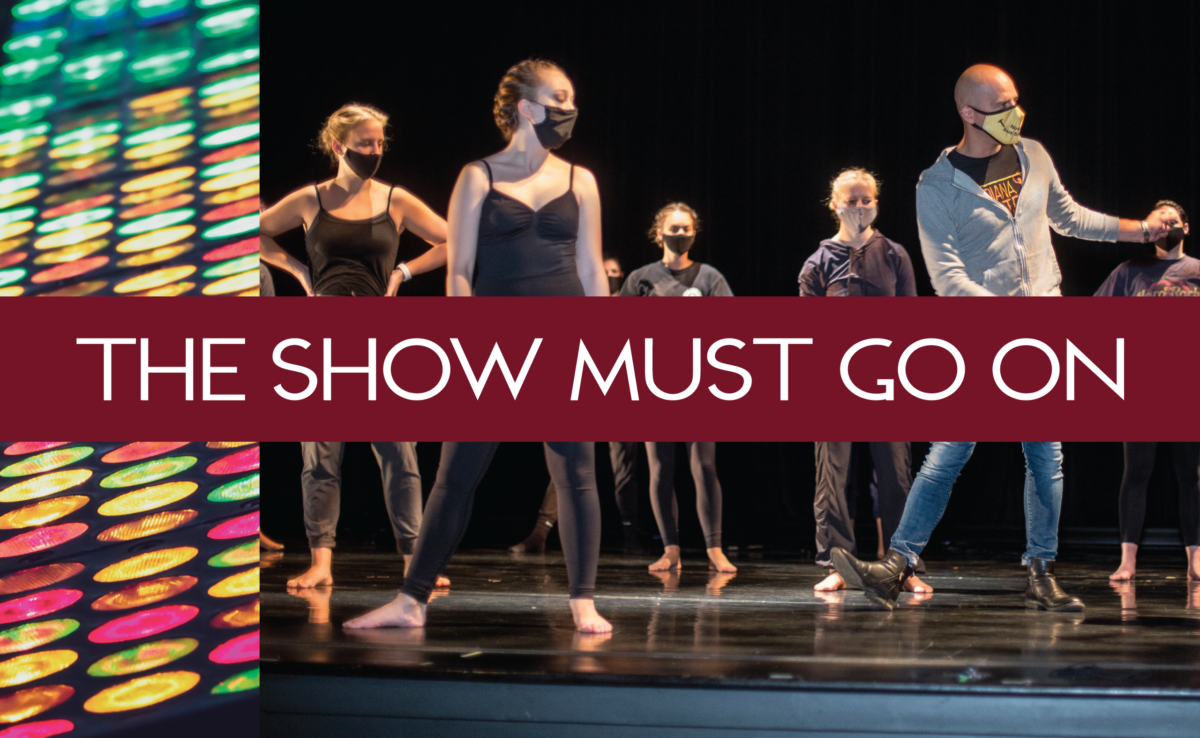The Show Must Go On
Statewide size restrictions on gatherings to mitigate the spread of COVID-19 have presented interesting challenges for Hope, which annually hosts hundreds of events not only for the campus and alumni but the general public.
The situation has been a particular predicament for the college’s arts programs, for which exhibitions, concerts and plays are not only entertainment but integral and essential hands-on learning experiences for the student participants. It’s one thing to rehearse; it’s another to perform for an audience.
Fortunately, artists are by definition creative, and the departments of art, dance, music and theatre all found ways to reach audiences this semester.
The De Pree Gallery opened with an online exhibition and then transitioned to protocols such as requiring masks and physical distancing, and limiting the number of patrons present. The Kruizenga Art Museum remained open to visitors with the same policies.
For music, that meant livestreaming the program’s many student and faculty concerts and recitals instead of hosting in-person audiences, and as noted on Page 7 producing Christmas Vespers as a prerecorded film.
In dance, the H2 Dance Company likewise created fully produced, pre-recorded films. Music and film projections were featured alongside the company’s dancers, and multiple cameras and glide cameras provided close-ups and larger sweeping views to present a unique view of the company. The department added a bit of Hollywood-style flair to the Oct. 16 premiere by celebrating the student dancers with a red-carpet showing at the Knickerbocker Theatre for a limited number of students and family members.
And theatre? The program did something new by staging its season-opening production of Twelfth Night outside, an approach unusual for Hope but with millennia of history. While the entry patio of the DeWitt Center is not the open-roofed Globe Theatre nor an amphitheater à la ancient Greece, the old-school solution provided a unique experience and connection to traditions past for cast and crew, and allowed a larger (but still limited) audience to attend than if the play had been indoors. (The department also livestreamed two of the six performances for those who couldn’t snag one of the 40-some in-person seats available during each of the six shows.)
Junior theatre and English major Emi Herman, who portrayed Viola, reflected on the preparations and embracing the approach in an entry posted to the college’s arts blog a few days prior to the Oct. 2 opening performance. It’s presented on the next two-page spread (with light editing to read past-tense) to provide a student’s-eye view of the inventive way of addressing an unprecedented need.



